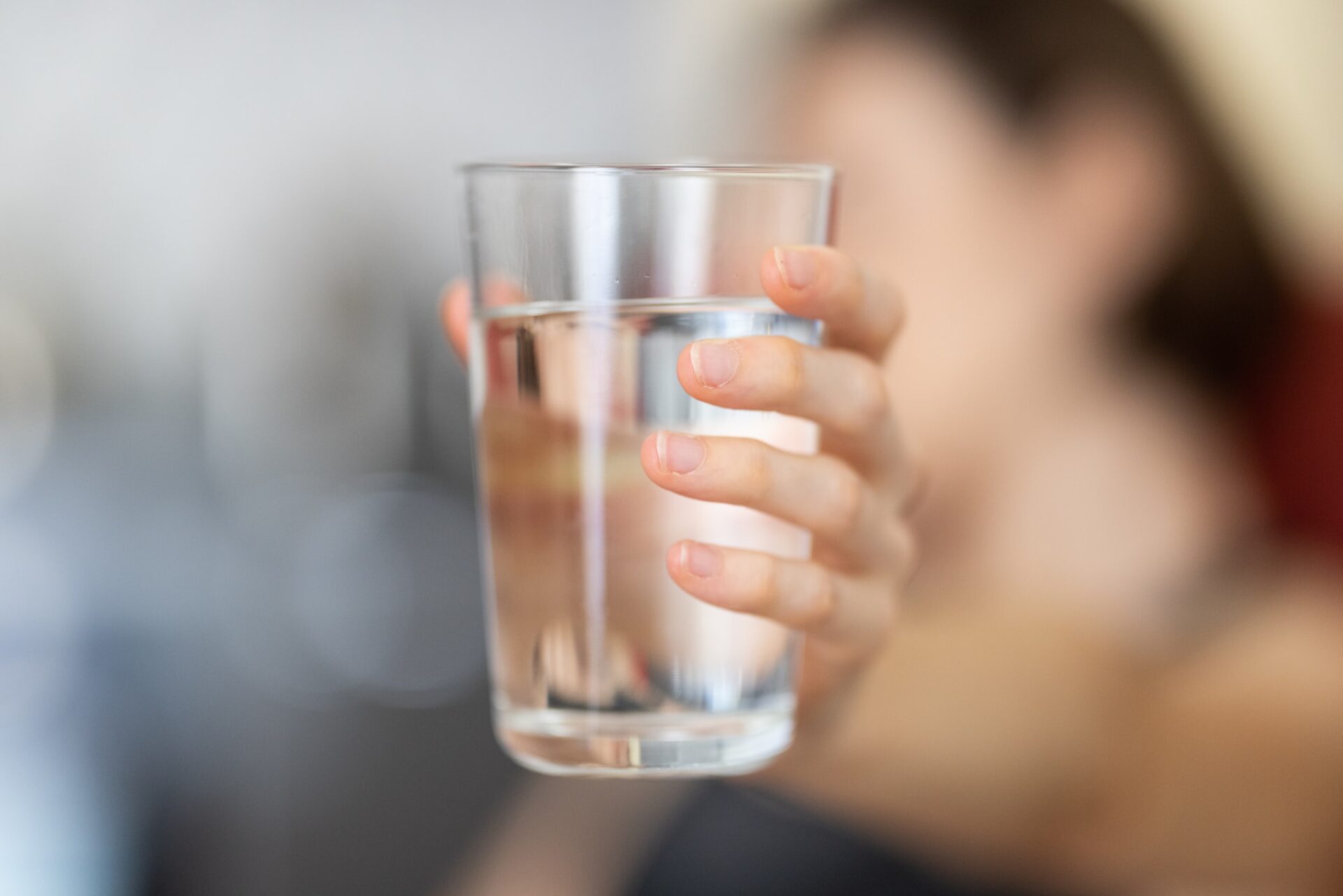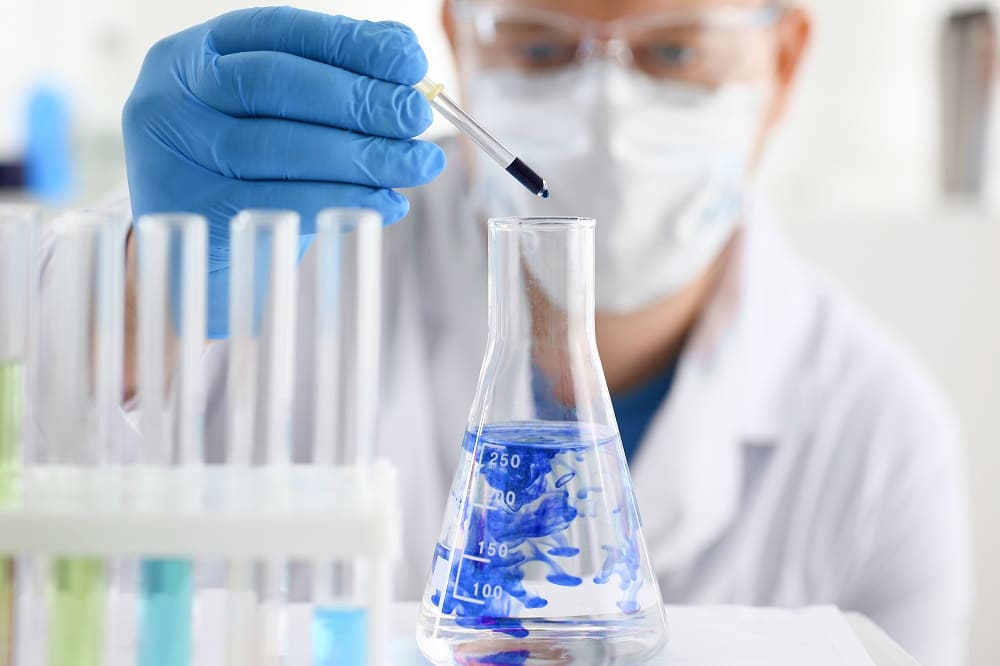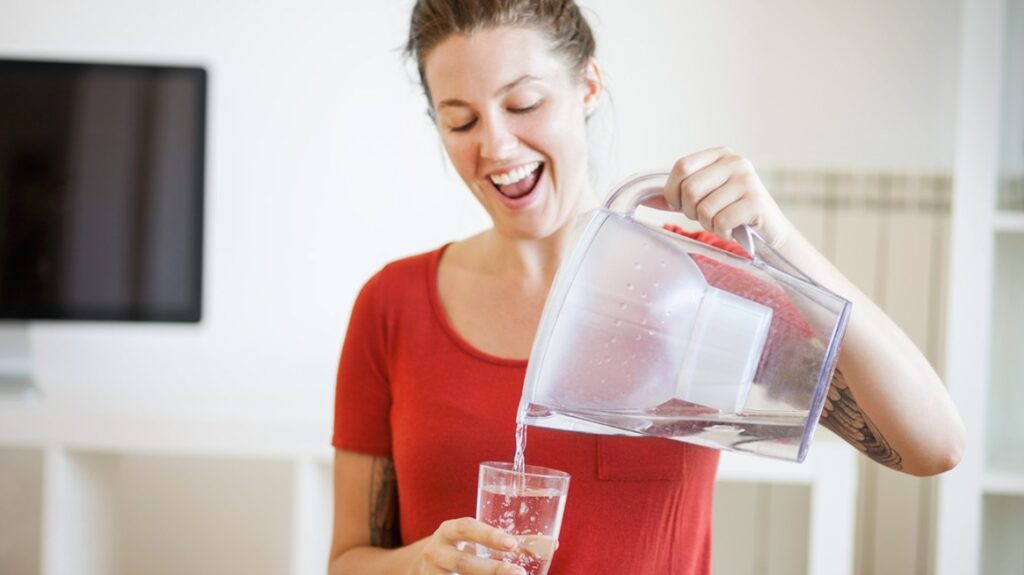
What is the Acceptable Level of Bacteria in Drinking Water?
Taking care of your health means that you need to pay attention to all the smallest details, and you should not just blindly follow tips and advice. We all know how important drinking water is, and we know that we should intake at least eight cups of water every day if we want to stay healthy and fit. However, not every water is drinkable, and not every type will be good for your health.
Depending on your location and the area’s water system, there will be more or fewer bacteria in it. In this article, we are going to tell you what is the acceptable level of bacteria in drinking water. Continue reading if you want to learn how the bacteria can affect you, why you need to test the water before you drink it, and how you can do it.
Why is it harmful?

Let’s first start with some facts on why bacteria are harmful to you. As you already know, there are bacteria in everything, even in our bodies, and some types help protect us from other things, they help us digest food, and they are overall beneficial for our health. However, there are microorganisms that can be extremely dangerous and can lead to chronic conditions.
The disease-causing pathogens that can be found in water can easily cause anything from abdominal cramps, up to nausea, vomiting, and even fatigue. Other things that could happen include infections, fever, headaches, heartburn, and in some extreme cases, dehydration and even death.
To prevent these conditions, and to make sure that you and your family are safe and protected, you should always test the water, and you should never drink from sources that are not safe. You should not drink from any random well that you can find, and when you are traveling abroad, you should always look for more information on the bacteria level, and if possible, get exact numbers. If you cannot find this information, you can always carry a testing kit with you that will help you determine the pathogen levels and let you know if you are free to drink the water, or if you should opt for other solutions.
With the AquaScreen drinking water test kit, you will be able to get the optimal testing solution that is a cost-effective option that will allow you to easily test your drinking water to make sure that it is safe. You can use it at your home, or anywhere else to ensure that there are not heavy pathogen levels that will affect the health of everyone in your household.
Acceptable bacteria levels

The first thing you should know is that there are a lot of different types of bacteria that can be found in water. Usually, the testing kits measure both coliforms and non-coliforms, and you will need to have information on what are the safe levels for each type. When you get the right testing kit, you will get more information on each of the types that you are testing your water for, and what are the acceptable levels depending on the exact bacteria. For some of them, the levels can be higher and the liquid will still be safe, while for others, even one unit is too much and you should not drink or even swim in that water.
When you are doing the testing, or when you do your research about the tap water that you are drinking, you should know that no taken sample should contain more than 10 organisms per one hundred milliliters of water. If there are more than 10 organisms, it means that that water is not safe for consumption. In a perfect environment, there should be zero organisms, especially when it comes to non-coliform organisms such as Escherichia Coli.
Note that with the right testing solution you will also be able to detect not only the bacteria levels but also other threats including chlorine levels in swimming pools, lead, nitrate, pesticides, coliforms, non-coliforms, and so on. When it comes to non-coliform bacteria, you can test the levels of E. coli, Shigella, Salmonella, Klebsiella among many others. Note that for each of these types there is a certain level that should not be passed. For example, the acceptable of Escherichia Coli in water must be less than 1 CFU per 100 milliliters.
How do you remove bacteria?

Now that you know what are the acceptable levels, and that no drinkable water should contain more than 10 organisms, let’s talk about the cleaning process and how you can make sure that you can consume that liquid.
There are many things that can be done, and bacteria can usually be removed with the use of chlorine, ozonation, or even UV disinfection. In most systems, chlorine is used to do the removal of pathogens, but you should remember that too high chlorine levels will be harmful to you. You need to know that the chlorine levels that are acceptable in swimming pools are not acceptable when it comes to the water that is safe for drinking.
When you do the testing, make sure you check the chlorine levels and note that they should never be higher than four milliliters per one liter. If you don’t have any experience with removing pathogens from water, you should not do this on your own, and it is better to consult with a professional or install a filtration system that will do all the hard work for you.
As you can see, you should never drink water that is not tested, and you should always have a backup plan in case you travel a lot and you don’t know if you can trust the numbers that you are given. The testing kits can help you out a lot, and you will never have to wonder if it is okay to drink tap water, or if you need to purchase a bottled one.
Remember that there are a lot of different types of filters that can help you clean it and that will prevent harm to your wellbeing. If you are not sure if the water is safe, it is always better to opt for the bottled solutions than to risk your health. Use testing kits whenever you go traveling, and know that it is better to test the liquid more often than to risk any serious health conditions.
